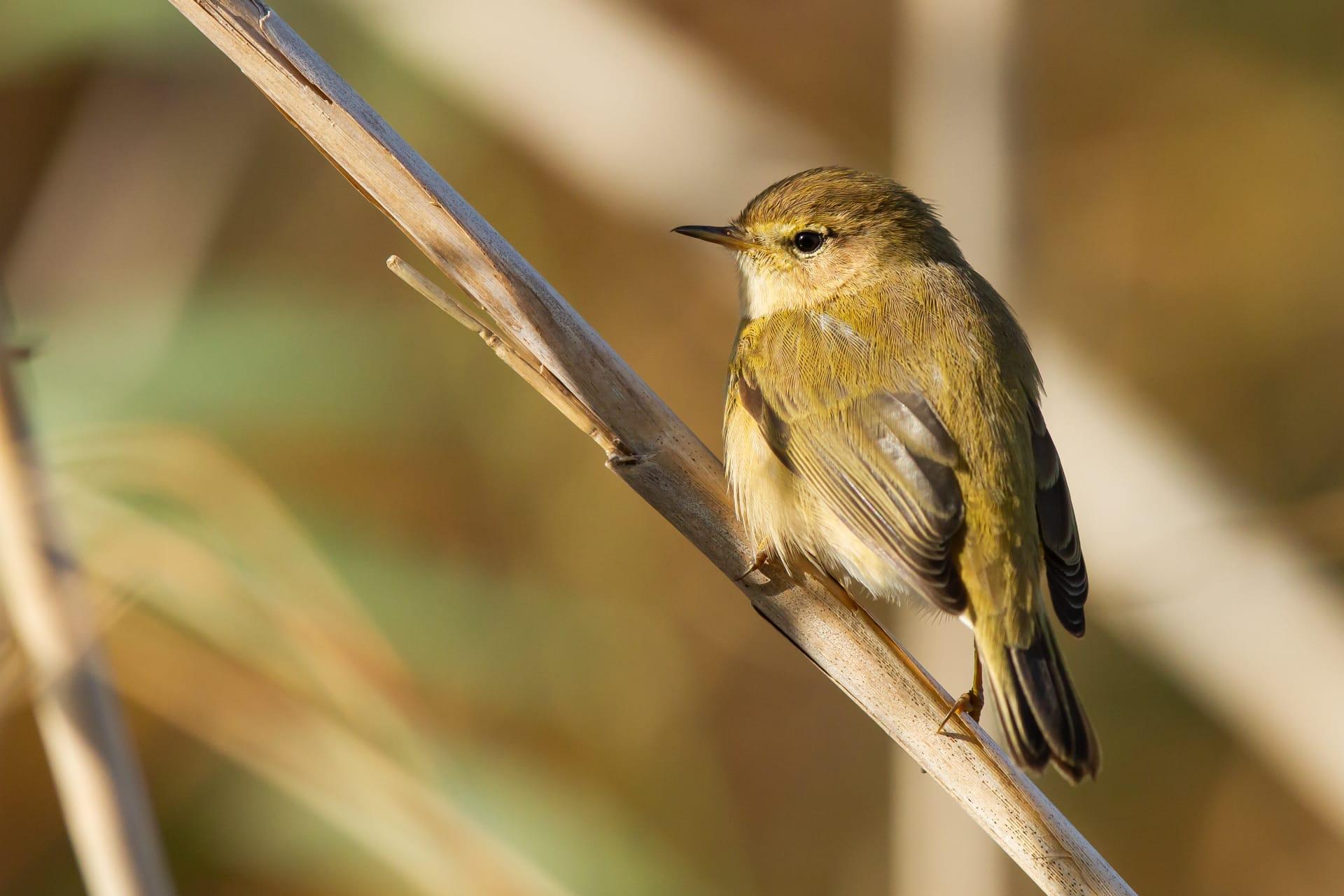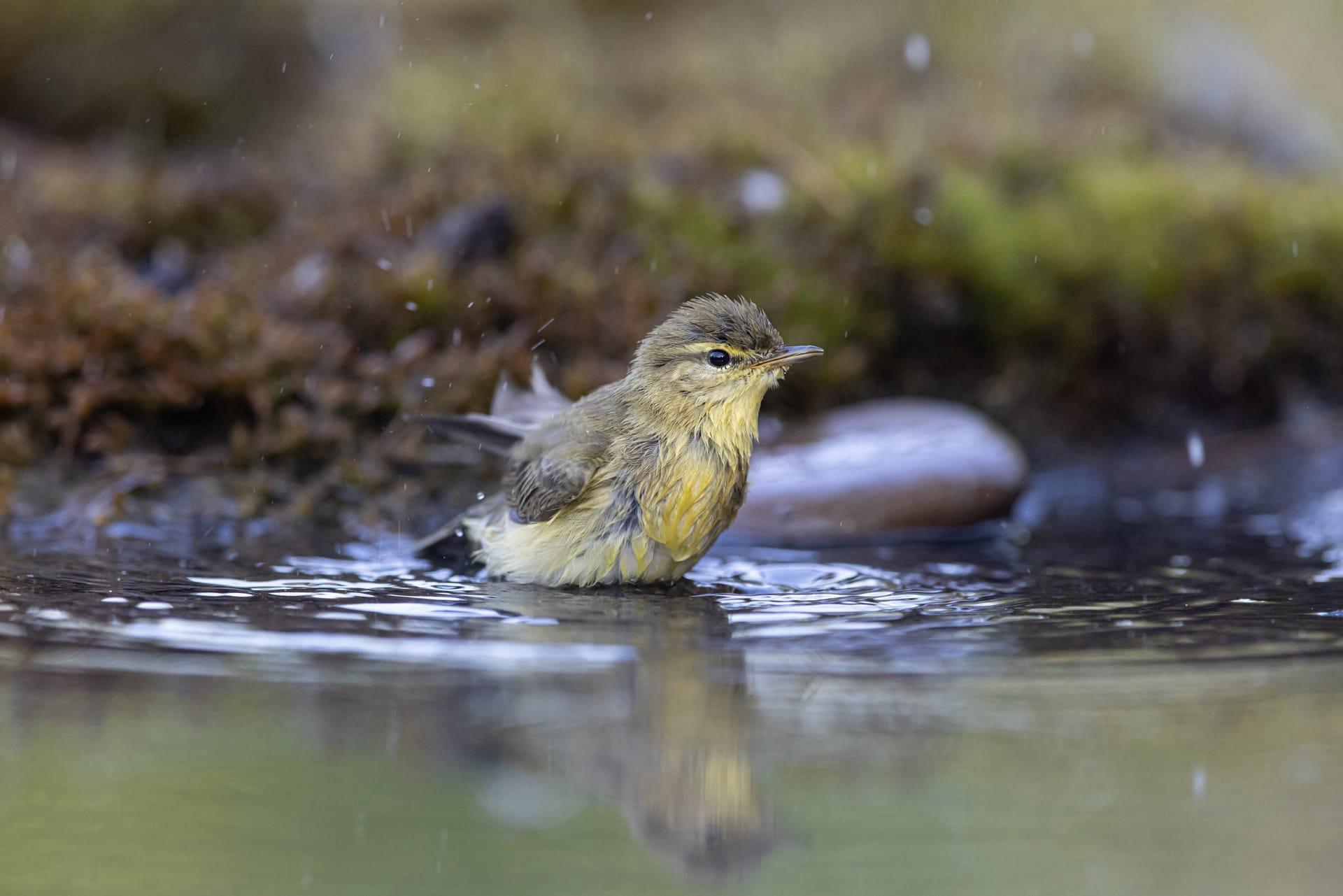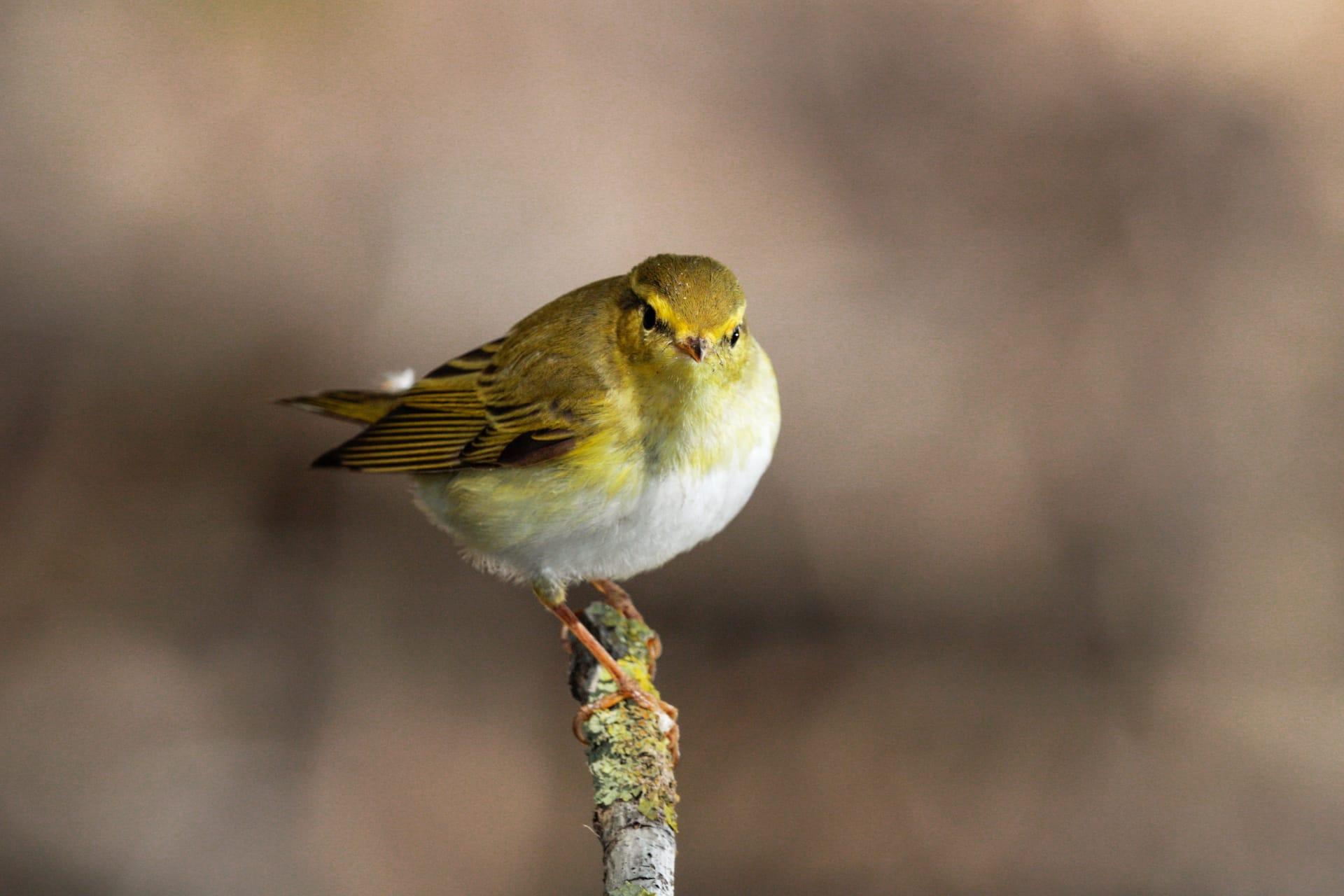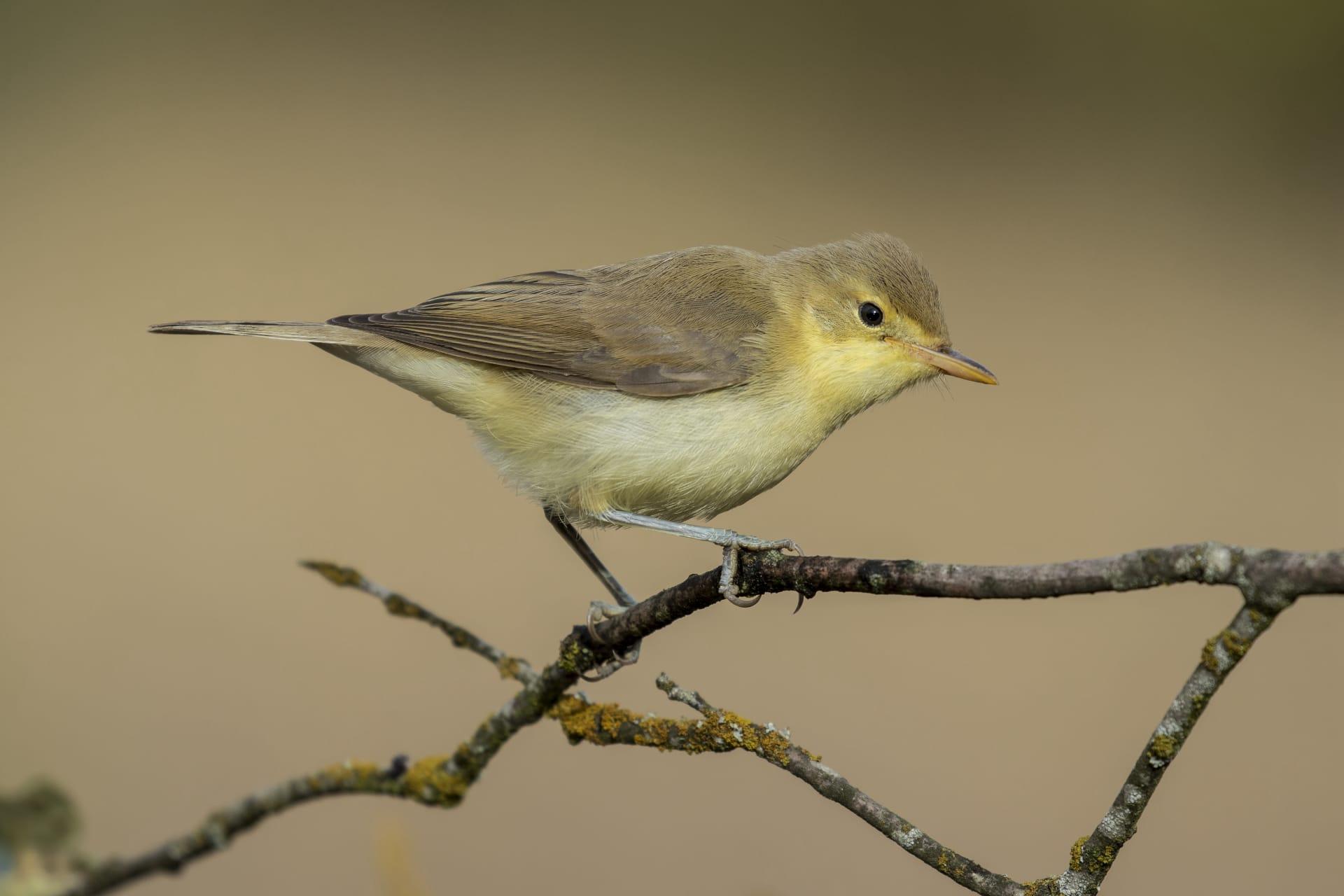Warbler Characteristics
- Home /
- Mini Encyclopedia /
- Animal /
- Warbler Characteristics
1
Warblers, known for their vibrant colors and melodic songs, are small songbirds belonging to the family Sylviidae. These petite birds usually measure around 4.7 to 5.5 inches in length, with a weight range of 9 to 12 grams. Their lifespan in the wild typically spans between 5 to 9 years, depending on environmental factors and predation risks. Warblers are distinguished by their slender build and relatively long, narrow tails, which aid in agile flight and maneuverability among dense foliage.
One of the most distinctive organs of a warbler is its syrinx, a specialized vocal organ located at the base of a bird's trachea. Unlike the human larynx, the syrinx's unique structure allows warblers to produce a wide range of complex and melodious sounds. This feature is crucial for communication, particularly during mating seasons and territorial disputes. The ability of warblers to produce various pitches and tones is enhanced by the syrinx's dual bronchial structure, enabling them to sing intricate songs that are both a hallmark of their species and a critical aspect of their survival and reproduction.

2
Question: Why do warblers migrate such long distances annually?
Answer: Warblers undertake long migrations primarily to exploit abundant food resources and favorable breeding environments. Most warbler species breed in temperate regions like North America and Europe and migrate to tropical regions in Central and South America or Africa during winter. This migration is driven by the seasonal availability of insects, their primary food source. These arduous journeys, which can span thousands of miles, are a remarkable feat considering the warbler's small size. For example, the Blackpoll Warbler migrates over 3000 miles, including a non-stop flight over the Atlantic Ocean. This endurance is fueled by fat reserves accumulated before migration, showcasing an extraordinary adaptation to their ecological niche.

3
Warblers exhibit notable mobility characteristics, particularly evident during their migratory journeys. These birds are adept at rapid, flitting flight, which is essential for navigating through dense foliage while foraging and avoiding predators. Their wing shape is adapted for sustained flight over long distances during migration. Warblers also exhibit remarkable agility, able to change direction quickly in flight, a skill that is crucial for capturing insects in mid-air or among leaves.
In terms of foraging behavior, warblers are primarily insectivorous, feeding on a diverse diet of insects and spiders. They are active hunters, often seen darting through tree canopies, skillfully plucking insects from leaves and branches. Their slender, pointed beaks are perfectly adapted for such precision feeding. Some species, like the Pine Warbler, also supplement their diet with berries and fruit, especially during the non-breeding season. This dietary flexibility allows them to thrive in various environments and conditions.

4
Warblers are typically found in a variety of habitats, including woodlands, marshes, and gardens. Their preference for habitat varies among species, with some favoring dense forests while others thrive in more open areas. Many warblers are migratory, traveling significant distances between breeding and wintering grounds. The breeding habitats are chosen for their abundance of insects and suitable nesting sites, often in trees or shrubs.
Reproductively, warblers exhibit fascinating traits. They are generally monogamous during the breeding season, with both parents involved in nest building and care of the young. Nests are usually cup-shaped, skillfully woven with grass and plant fibers, and placed in concealed locations in trees or shrubs. Female warblers typically lay 3 to 5 eggs per clutch, with incubation lasting about 12 to 14 days. After hatching, chicks are altricial, meaning they are born blind and featherless, requiring considerable parental care until they fledge, usually within 10 to 12 days.

5
Book: "Warblers of North America" – This comprehensive guide, published in the United States in the early 2000s, was authored by renowned ornithologists. It provides detailed profiles of various warbler species found across North America, encompassing aspects like identification, behavior, and distribution. The book is particularly praised for its vivid photographs and accessible descriptions, making it a favorite among bird enthusiasts and researchers alike.
Book: "The Warbler Guide" – A more recent publication, this book offers an in-depth look at warbler species worldwide. Written by expert birders, it was published in the United Kingdom and includes detailed information on warbler identification, songs, and migration patterns. The guide is notable for its user-friendly format and includes a range of visual aids, such as color plates and distribution maps, making it an invaluable resource for both novice birdwatchers and seasoned ornithologists.